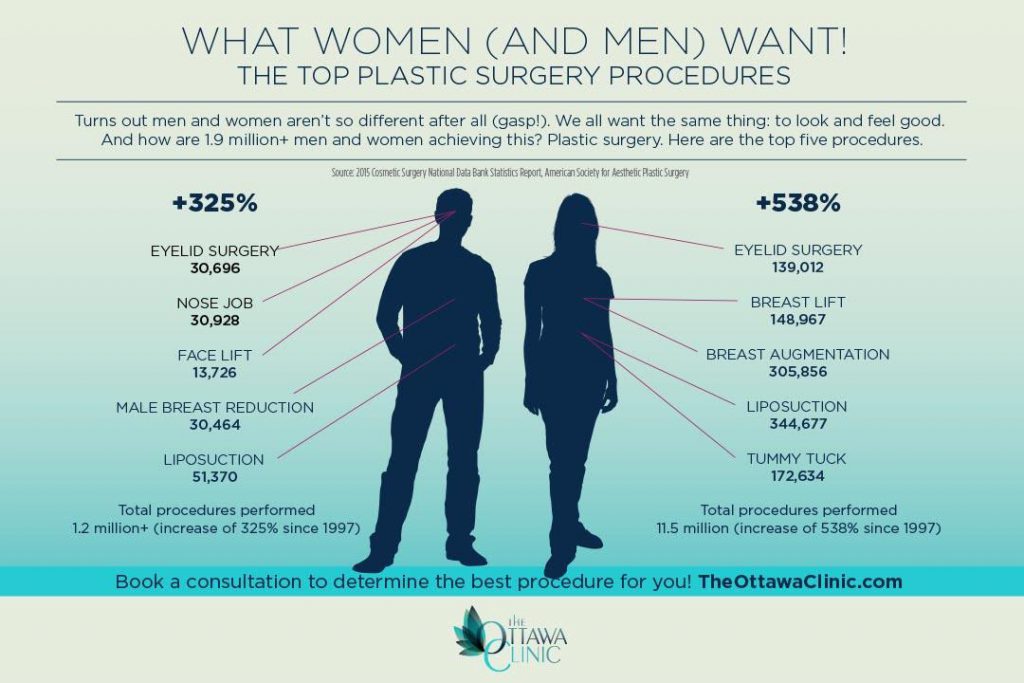Does Shaving Worsen Acne
Does Shaving Worsen Acne
Blog Article
Acne Therapy - What Are AHAs in Acne Therapy?
AHAs are a vital active ingredient for unclogging pore obstructions and lightening up acne-prone skin. They function by breaking down dead skin cell build-up to promote more recent, fresher cells, and protecting against future obstructions.
Creating topical AHAs demands precise interest to different crucial variables that considerably affect their effectiveness and tolerability. Preserving the optimum pH array, along with vehicle selection and concentration, enhances their exfoliative qualities while minimizing possible adverse reactions.
Glycolic acid
Glycolic acid is understood for its mild yet effective exfoliating residential properties, which advertise skin's all-natural shedding and loosen the "glue" that holds dead cells on the surface of the skin. This assists unclog pores and lessen the look of great lines and creases, along with boost total skin appearance and tone.
Interestingly, topical glycolic acid has also been shown to stimulate the production of collagen, which is crucial in maintaining skin's firmness and elasticity. It is essential to note, however, that because glycolic acid can stimulate the skin's sensitivity to sunlight, it is necessary to wear sunscreen when using any products containing this ingredient.
Dermatologists pay careful attention to the formulation of products containing AHAs in order to optimize their efficiency and tolerability. Creating AHAs with the ideal lorry, in addition to pH and focus factors to consider, enables ideal skin penetration while reducing potential adverse responses. This is specifically critical for people with delicate skin, considering that AHAs are understood to be slightly irritating.
Lactic acid
Lactic acid is found in many over-the-counter skin treatment products and some more powerful specialist peels and therapies. It has the lowest molecular weight of all the AHAs and is able to penetrate deeper right into the skin, where it is a lot more efficient at unclogging pores and exfoliating.
Like glycolic acid, it also boosts collagen synthesis, which aids lessen great lines and wrinkles and improve skin appearance. In addition, it has moisture-retention buildings, that makes it better for drier skin types than various other AHAs.
The substantial body of scientific data substantiating the efficiency of topical AHAs sustains their utility in a large range of dermatological ailments and visual worries. These include detailed skin restoration procedures, attenuation of great lines and creases, lightening of hyperpigmentation, therapeutic treatment for actinic keratosis, and acne administration [2] Optimizing the solution of AHAs by stabilizing pH, concentration, and lorry option additionally enhances their healing possibility. These cautious factors to consider allow dermatologists to supply risk-free and effective therapies that offer premium scientific results.
Mandelic acid
Mandelic acid, derived from almonds, is an additional member of the AHA family members and is a prominent ingredient in items that assist deal with acne. Its bigger molecular size indicates it penetrates the skin much more slowly and delicately, which can decrease the potential for inflammation. It's also much less likely to cause inflammation and other skin level of sensitivity issues, making it ideal for sensitive skin kinds.
Mandelic Acid is believed to help reduce swelling and increase hydration. It works by loosening the bonds in between dead skin cells, allowing them to drop and reveal fresher-looking skin. It additionally helps reduce the look of enlarged pores.
Creating topical products with AHAs calls for an accurate equilibrium of essential variables that substantially impact their efficiency and tolerability. In particular, the pH of an AHA solution has been revealed to play a crucial duty in its ability to advertise exfoliation and improve skin tone and acne treatment near me structure. Achieving this ideal focus is a difficult objective and requires thorough attention to the numerous factors that affect the formulation process.
Citric acid
Citric acid, located in citrus fruits such as oranges and lemons, is a mild AHA. It's much less irritating than glycolic or lactic acid, making it better for delicate skin. It likewise has astringent buildings, helping to dry excess oil.
Like other AHAs, citric acid can be utilized in chemical peels and day-to-day active/maintenance treatments to scrub the skin and advertise cell turnover. It can help in reducing the look of dark spots and hyperpigmentation, along with fine facial lines.
It can additionally boost the synthesis of glycosaminoglycans, which play an important function in reinforcing the skin barrier function. This assists to avoid trans-epidermal water loss, and maintain ideal hydration degrees in the skin [35]
AHAs can be combined with calming active ingredients such as ceramides or hyaluronic acid to improve their tolerability. They can be integrated right into daily active/maintenance skin care via cream or lotion solutions. This permits specialists to customize their AHA therapies based upon patient requirements and choices, with the adaptability of choosing from various therapy strengths or concentrations.